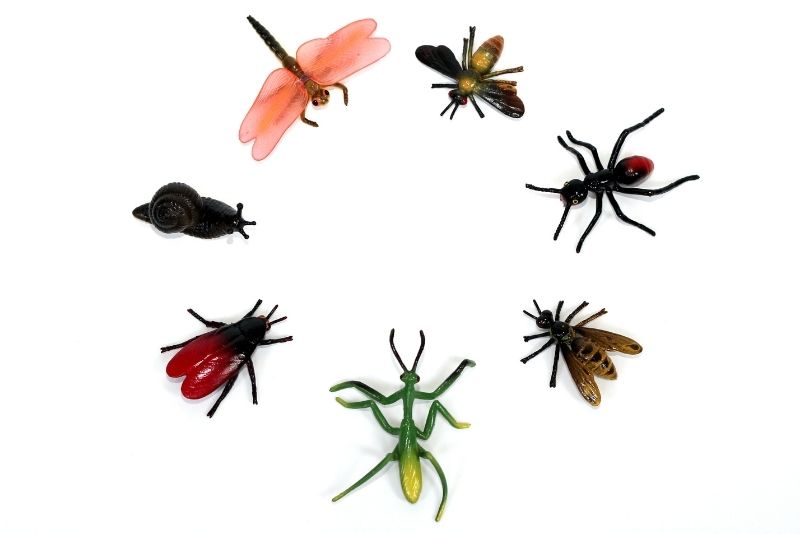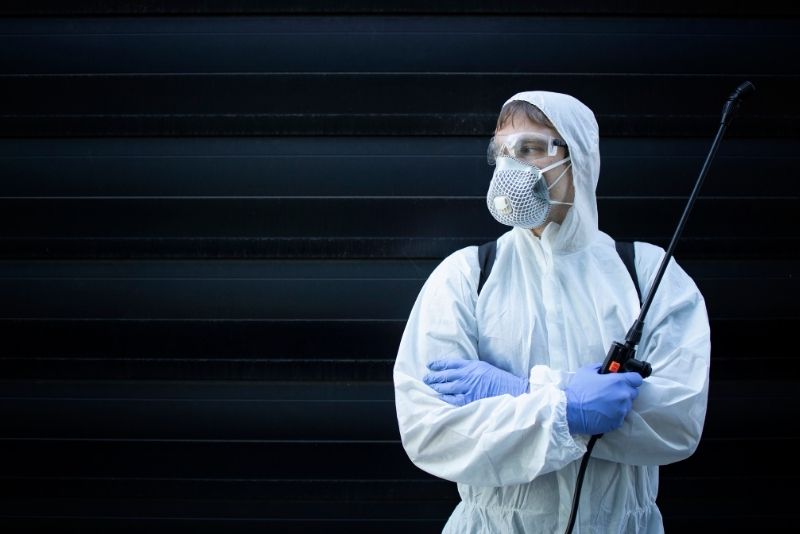In modern times, when sustainability is a critical topic, heat treatment has become one of the most preferred and recommended pest control methods. As a safe and practical alternative to traditional chemical solutions, this professional service is beneficial for both – homeowners and expert exterminators.
However, some users still hesitate to rely on heat treatment and continue using common chemical sprays against bed bugs, cockroaches, and other pests. Therefore, it’s essential to explain what makes pests vulnerable to heat. Science provides the best argument for this pest control solution.
Understanding Heat Treatment

Thermal pest control is a certified method for killing various types of household insects. Its concept is quite simple: as the temperature increases in a targeted area, pest infestations are eliminated entirely, leaving no trace of living bugs, eggs, or larvae. Although heat treatment doesn’t involve dangerous chemicals, it should still be performed by professionals. Hot surfaces can cause health risks such as burns or dehydration. Additionally,
during the 2-hour process, the premises must remain empty. It takes a bit of time for the room to cool down before it is safe for habitation again.
Importance of Pest Control
To some extend, Heat treatment is not only a revolutionary, eco-friendly pest control solution but also a preventive measure for maintaining a healthy home. Beyond restoring comfort to your home, pest control addresses significant health concerns.
No one enjoys eating with ants crawling nearby, waking up to cockroaches in the kitchen, or dealing with itchy rashes from bug bites. Beyond discomfort, pests can cause serious health issues like allergies, asthma, respiratory diseases, and infections. They also carry pathogens, especially when they bite until it bleeds. In addition, a pest infestation can reduce your property’s value, highlighting the importance of selecting an efficient pest control method.
The Science of Heat Treatment
For those intrigued by the idea of eliminating pests like cockroaches, bed bugs, or termites through heat, the main barrier might be doubt. Can it be so simple to eradicate a two-year-long dust mite infestation in your wardrobe or closet? Is heat powerful enough to destroy both insects and their eggs?
How Heat Kills Pests

A smart consumer will research beyond marketing promises to find reliable pest control methods. Numerous scientific studies support heat treatment’s effectiveness. The mechanism by which heat kills pests is straightforward.
When temperatures exceed 100°F, insect growth stops. Between 100°F and 120°F, insects are in danger as their metabolic processes slow, and dehydration limits their lifespan to about 24 hours. At temperatures above 120°F, insects die instantly.
Optimal Temperatures and Exposure Time
Heat treatment’s effectiveness depends on specific temperature ranges and exposure times. Most professional services raise surface and room temperatures to between 120°F and 140°F, sufficient to end any infestation. Prolonged exposure further ensures new infestations are prevented, with about 90% success in a single treatment. While insects die within 60-90 minutes, temperatures are maintained for 3-4 hours to disrupt the pests; ecosystem completely.
Heat and Pest Life Stages

The 120°F to 140°F temperature range is lethal for common pests, including eggs and larvae. The increased heat causes rapid dehydration, and eggs often perish even before their parents during the temperature rise.
Heat treatment offers complete extermination because, unlike chemicals, the high temperature reaches every part of the room, even hidden areas. Eggs, which are often too small to notice, are eradicated in hard-to-reach places.
Benefits of Heat Treatment
Heat treatment is not only an effective way to deal with household pests but arguably the best option available today. Both scientists and users agree that it has distinct advantages over traditional methods.
Chemical-Free Solution
When encountering a bed bug, most people either buy chemical sprays or call a professional service that uses insecticides. Fortunately, chemical solutions are neither as effective nor as safe as heat treatment. Heat treatment is non-toxic to humans, pets, and the environment. Moreover, chemical solutions typically require multiple applications, whereas one heat treatment session is effective in 90% of cases. Additionally, chemicals are often ineffective against larvae and eggs. Heat treatment makes your home safe for reoccupation as soon as the room cools down.
Comprehensive and Thorough
Heat treatment is thorough because it kills insects at all life stages. Moreover, it is especially effective for pests that hide in small crevices, which are often missed by chemical treatments. The gradual temperature increase ensures an even and complete treatment throughout the room.
Practical Applications
Heat treatment is practical, sustainable, and relatively short in duration. It is also a universal method, suitable for homes and businesses alike.
Common Pests Eliminated by Heat
Heat treatment is commonly used against bed bugs, cockroaches, and dust mites. However, it is just as effective against other household pests, including carpet beetles, ants, moths, fleas, termites, and spiders. Businesses, such as restaurants and hotels, also benefit from heat treatment, as pest infestations can harm their reputation and customer flow.
Types of Heat Treatment Methods

Professional heat treatment requires specialized equipment to ensure every part of the space reaches the necessary temperature. Portable heaters are commonly used, but larger buildings may require more complex machinery.
While heat treatment equipment can be rented, the procedure should be conducted by professionals due to the potential health risks of high temperatures.
Conclusion
Science proves that heat effectively kills bed bugs, cockroaches, termites, dust mites, and more. Heat treatment is simple, budget-friendly, and eco-friendly, making it an ideal pest control solution. So, why challenge science and proven results?



